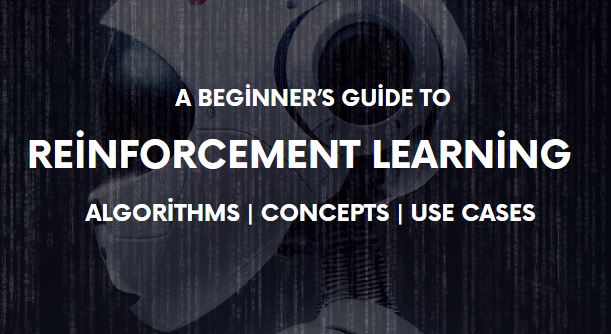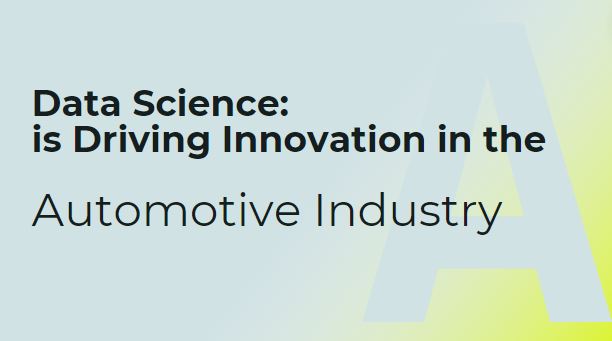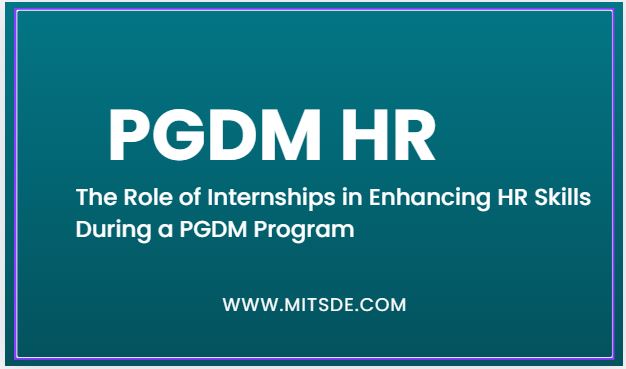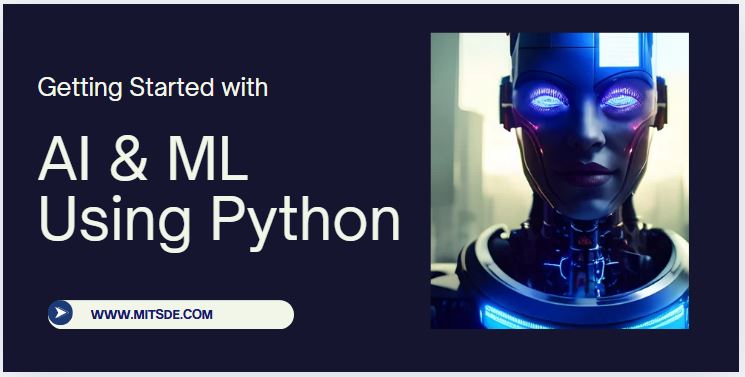
Introduction to Reinforcement Learning
Reinforcement learning (RL) is an exciting branch of machine learning where agents learn to make decisions by interacting with their environment. Instead of being explicitly told what actions to take, RL agents discover the optimal strategy through trial and error. They receive feedback in the form of rewards or penalties, which help them navigate towards their goal over time. The concept is inspired by behavioral psychology, where actions are encouraged or discouraged based on outcomes. This method is increasingly used in industries ranging from robotics to gaming, and even autonomous vehicles.
Key Concepts in Reinforcement Learning
At the core of reinforcement learning lies the idea of an agent, environment, and reward system. The agent interacts with the environment by taking actions, and the environment responds by transitioning to a new state and providing feedback in the form of rewards. The goal is for the agent to learn a policy— a mapping from states to actions—that maximizes the cumulative reward over time.
- State:A representation of the current situation of the agent.
- Action: The set of all possible moves the agent can make.
- Reward: The feedback the agent gets after making a decision, which can be positive or negative.
- Policy: A strategy used by the agent to determine the next action based on the current state.
- Value Function: The expected amount of reward the agent can accumulate from a given state.
Popular Algorithms in Reinforcement Learning
Several algorithms are used to train RL agents, but one of the most commonly known is Q-learning.
Q-Learning:
Q-learning is a model-free reinforcement learning algorithm. It helps an agent learn the value of actions in a given state, even when the agent doesn’t know the exact dynamics of the environment. The agent builds a table of Q-values, which represents the expected future rewards for each action in a state. Over time, the agent updates this table based on the rewards it receives after each action, helping it learn the optimal policy.
Deep Q-Networks (DQN):
An extension of Q-learning, DQNs leverage deep learning by using neural networks to approximate Q-values. This allows reinforcement learning to scale to complex environments, such as video games, where the state space is too large for traditional Q-tables.
Policy Gradient Methods:
Instead of learning value functions, policy gradient methods directly learn the optimal policy by maximizing the expected reward. Algorithms like REINFORCE and Proximal Policy Optimization (PPO) are examples of such methods.
Real-World Applications of Reinforcement Learning
Reinforcement learning has made significant impacts in various industries:
Robotics:
RL is used to teach robots to perform tasks autonomously, like picking and placing objects or navigating through environments.
Gaming:
Reinforcement learning achieved fame when AlphaGo, an RL-based system developed by DeepMind, defeated human champions in the game of Go. It continues to shape strategy games and simulations.
Autonomous Vehicles:
Self-driving cars leverage reinforcement learning to adapt to real-world road conditions, optimizing for safety and efficiency.
Healthcare:
RL is being used to personalize treatment plans by optimizing the dosage and type of medication over time for patients based on their response to treatment.
How MIT School of Distance Education (MITSDE) Supports Learning Reinforcement Learning
MIT School of Distance Education (MITSDE) offers robust online programs that equip students with foundational knowledge in machine learning and artificial intelligence, including reinforcement learning. Their courses provide in-depth resources, interactive learning modules, and mentorship to help students grasp complex topics such as Q-learning and neural networks. Through flexible learning options, MITSDE ensures students can gain industry-relevant skills in a structured yet adaptable manner. Whether you’re just starting out in the world of AI or looking to specialize in reinforcement learning, MITSDE’s curriculum provides comprehensive support to guide you through each learning milestone, making it an excellent choice for mastering cutting-edge technologies.
Conclusion
Reinforcement learning opens up new possibilities in artificial intelligence by allowing machines to learn and improve through experience. From Q-learning to advanced neural networks, the methodologies within RL are powering breakthroughs in multiple fields. As more industries embrace AI-driven decision-making, understanding the core principles and applications of reinforcement learning can unlock many exciting career opportunities. Institutions like MITSDE make this learning journey accessible, providing students with the tools and knowledge needed to thrive in the world of machine learning.



